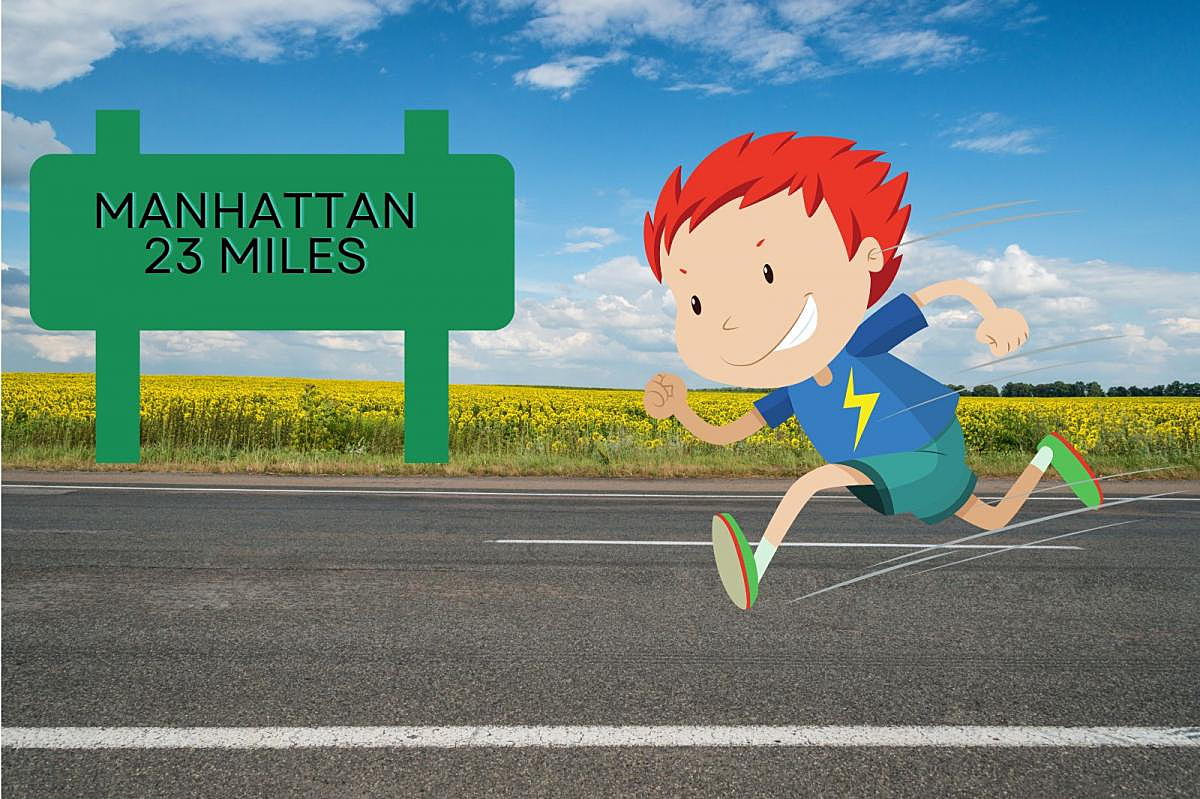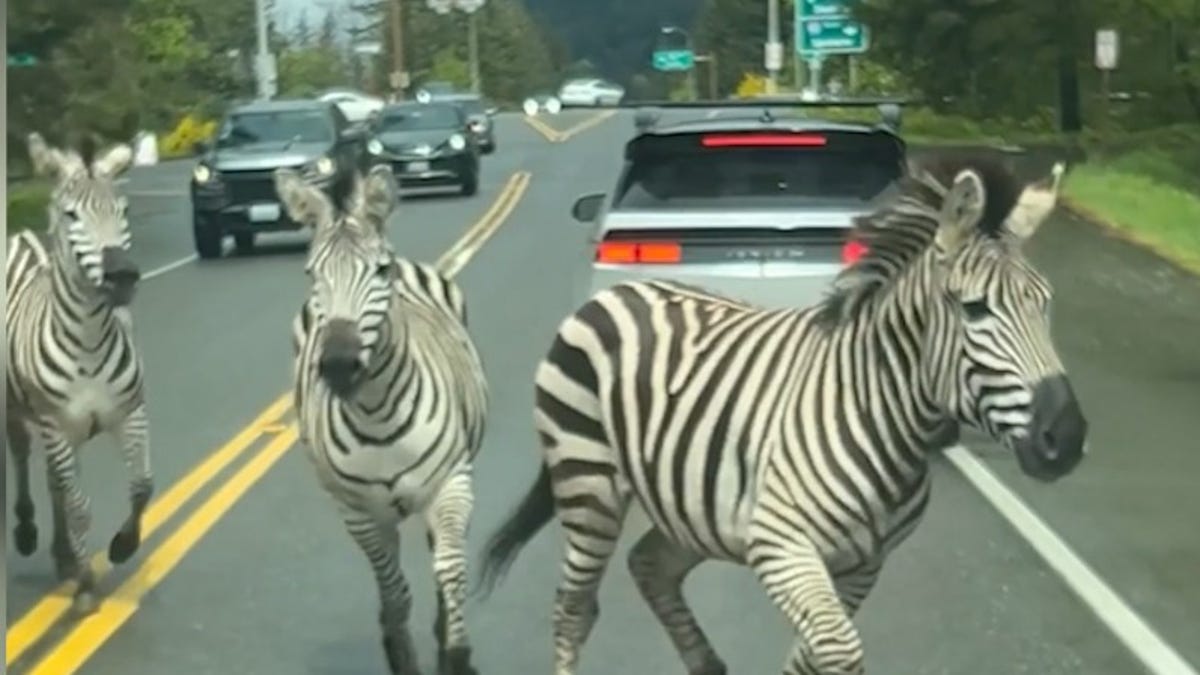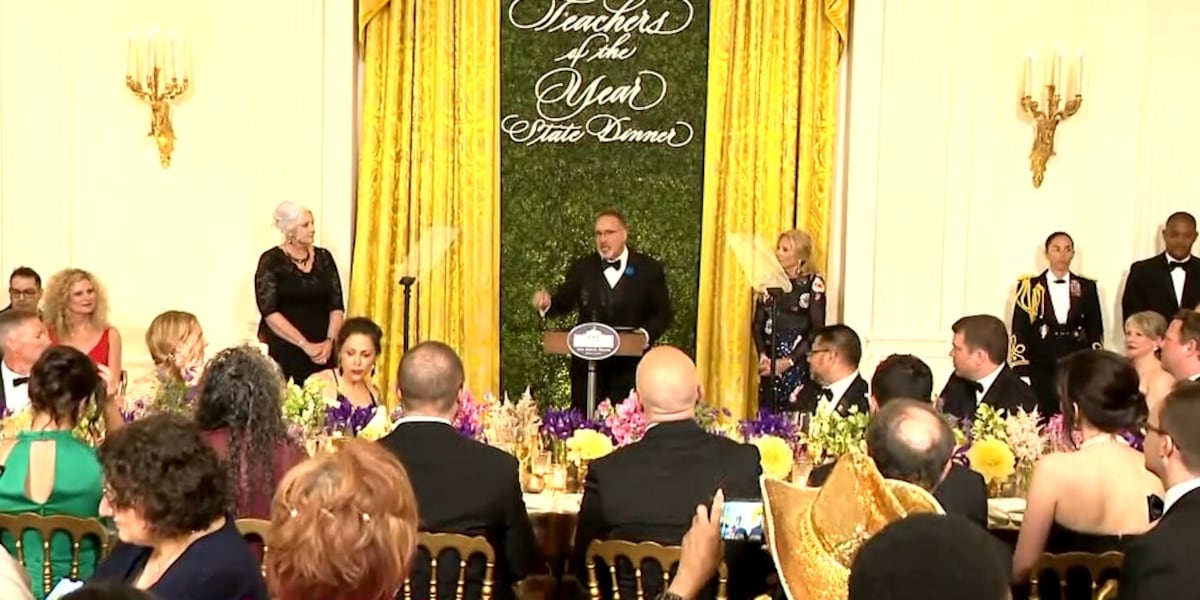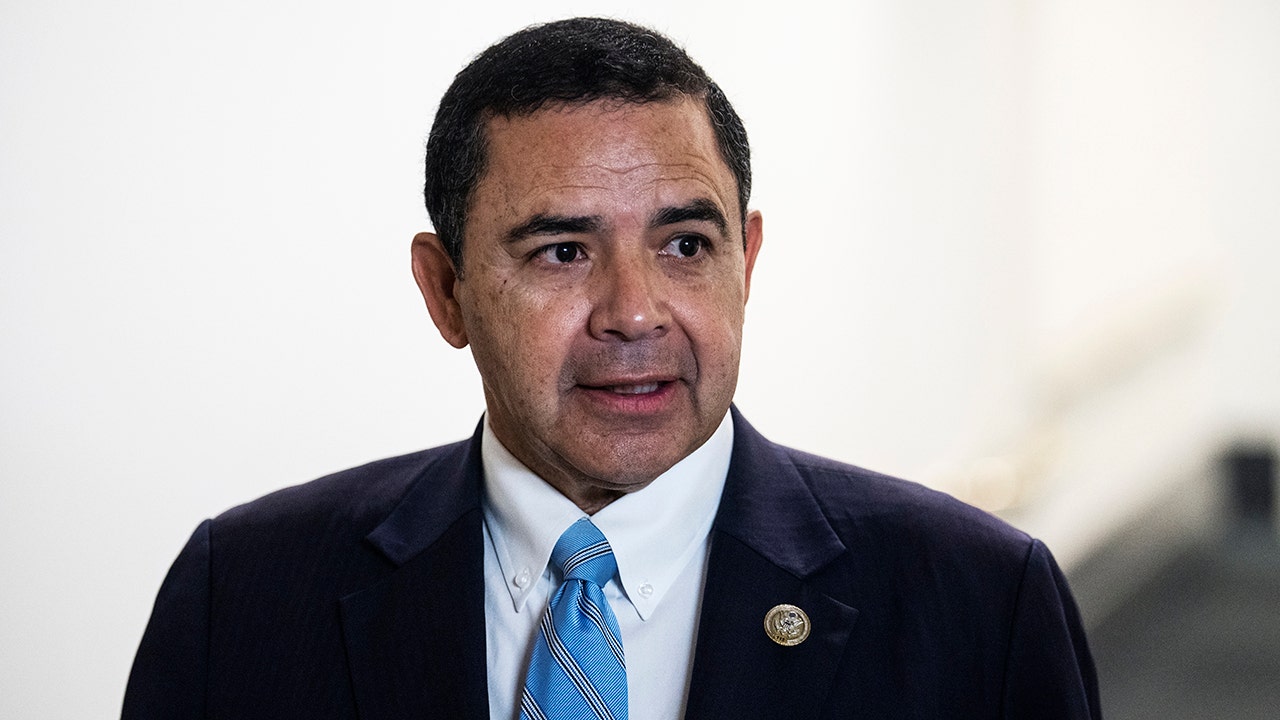Montana
Mental health crisis in Montana: A conversation with the editor – Daily Montanan

Mental health isn’t an unfamiliar topic in Montana.
For years, the Treasure State has been at the top of lists for states with the most severe suicide rates.
Even under the best circumstances, mental health care providers are limited, if not scarce. And, a host of factors make mental health a difficult, persistent problem.
This year, journalism students at the University of Montana School of Journalism tackled the multi-faceted challenges of mental health under the Big Sky. The Daily Montanan, in collaboration with the students, will be publishing a series of articles from the students’ publication, Byline magazine, every Sunday through March, in an effort to highlight the important work of the journalists and the timely topic of mental health in Montana.
Daily Montanan editor Darrell Ehrlick sat down with Byline editor-in-chief McKenna Johnson for an interview about the reporting challenges and findings the team discovered while working intensively on the subject.
Please note this interview has been edited for length and clarity:
Daily Montanan: Tell me a little bit about the genesis. Where did you get the idea for this particular topic?
McKenna Johnson: I’m not entirely sure who came up with that idea. We ended up settling on mental health in Montana, specifically we wanted to focus on just stories in Montana. And we had thought, ‘You know, we could go broad; we could go more specific,’ but I think this is what is going to serve our audience best if we focus on mental health in Montana. We wanted to focus on stories that we didn’t see as much.
DM: Did it take a lot of convincing the staff that this was a good topic, or was there a hunger for this topic? Because it’s sometimes a tough topic to report and cover.
Johnson: I don’t think it took much convincing at all. I think if there were any people who weren’t super convinced they didn’t show it, or it was really easy to find different niches within that topic. I think once people got into the process, they realized there are so many different ways you can go with this topic. There’s so much that we mentioned that we talked about that we didn’t get to put in the final magazine, and I think that’s really a testament to just how how eager everyone was to dive into these stories. Kind of the hard part was really picking and choosing where to focus our attention. You know, we have a classroom situation. We only have a semester. We had so much interest in so many specific topics to choose from within the realm of mental health and I think part of that, too, is our generation specifically. I think the conversations we’re having around mental health are becoming a little bit more free flowing, and people want to talk about these stories. And some of it was we maybe thought there was a story that was done on a topic that we thought was done really well and we wanted to dive deeper into it. And then there were stories that maybe we didn’t see published and so we wanted to go write those ourselves. You’re right: It can be a really hard topic to talk about. And so we decided we were going to break it down a little bit, have that experience of reporting on something hard that makes sense.
DM: It’s interesting to me that you would choose that topic because to me that’s a really hard topic. It can be nuanced. It’s not exactly always an uplifting topic. I mean, the first story you did was on isolation and suicide. Did you have any hesitation as the editor or did the staff have hesitation about covering a topic that, I think as you mentioned it in your column, has a taboo surrounding it?
Johnson: We had a lot of conversations on getting kind of the whole picture on mental health. This was the state of mental health in Montana. Like you said, that first story by a reporter was about isolation and suicide and all of the factors that you know, make Montana kind of a unique situation in that regard. We wanted to do those hard stories, but I think we talked a lot about balancing out with, like, for example, in the print edition right after that story is a little bit of a lighter piece about crisis line workers and one of the callers. We talk about what works for a crisis line and talk about methods that people are doing to uplift — maybe that wasn’t quite the right word — but like, combat some of the harder stuff with mental health. So we wanted that to be representative in our coverage.
DM: What were you most surprised to learn about mental health in Montana?
Johnson: One of the facts that I was most surprised to learn in this came from a guest speaker that we had come into the class while we were kind of early on in our pitching stage of the magazine. It came in from NAMI, the National Alliance on Mental Health, which talked about in Montana, how two of the most at-risk groups for mental health challenges are Indigenous men and then kind of middle-aged, most often, white ranchers. And so that was that was one of the statistics that kind of sparked that first story about what are all of these factors that go into mental health in Montana? Those are two demographics that you might not know.
DM: So after doing this and really studying the issue intensively, what do you think you can say definitively about mental health in Montana as it currently is?
Johnson: I think there’s always something we can do to provide more resources, more open conversations and reaching out to communities who don’t have those resources. People in general, they’re just so resilient. And you know, I think I mentioned it to in my editor’s column: Everyone can be susceptible to mental health challenges. We should have and be able to have these open conversations about it, while also recognizing like how hard it is to deal with it. I think that was something that just from multiple sources in every story that kind of shines through is just the resiliency of people, especially here in Montana.
DM: Is there something about Montana that makes this series of stories different than what they would be in other states?
Johnson: We tried to choose stories that were very specific to people in Montana, and some of the stories might be a little bit more broad, but specific to a Montana angle. I think in some ways, yes. And in some ways, no, because I think Montana is such a special place. We have the great outdoors, and then with that comes some of the struggles. We keep coming back to isolation, for example, that you might not get if you’re going to do a mental health magazine in a state like New York.
DM: Was there anything the staff really wrestled with when it came to covering a particular topic or aspect of mental health in Montana?
Johnson: I think one thing that we wrestled with was we didn’t want to have the whole magazine be like: Oh my gosh, the state of mental health in Montana is horrible. And it’s never gonna get like we want it to be And one of the things that we kind of realized going into it is that not every story, but a couple of the stories, tended to center on suicide. We kind of wrestled with whether that is gonna be like a deterrent for some people because it is such a hard topic to cover and report. And we also really recognized it’s a hard topic to read about, too. Some of the stories maybe didn’t set out to be about something like that, but that’s where the source landed. And that’s where the stories ended up going. And so we wanted it to be honest.
DM: How did you overcome the kind of idea that talking about suicide, or mental health might be damaging to an audience? You know, there’s always been that, ‘If you mention it, it might happen?’ Or you might you might be giving suicide or mental health too much attention.
Johnson: I don’t think we spent too much time worrying about it because we had made the decision that we were going to tackle some of those hard topics. We brought in a couple of guest speakers. And we looked at how do you cover these while being sensitive? We sat down a lot with reporters and the faculty advisors when we were looking at some of those suicide stories. We really looked at, are we covering these in a sensitive way? Are we being respectful to the sources? Are we doing this in a way that is going to reduce harm and also tell the truth? I feel like we talked about a lot of that in journalism school, and so we knew we wanted to cover those topics. And so we didn’t necessarily shy away from them. It was more of a question of: OK, how do you do this right?
DM: So, I mean, you you asked the question: How do you do it right?
Johnson: I mean, it’s hard. I don’t know if I have have a wonderful answer. And, you know, I still wake up and think about it sometimes. I really think it comes down to reading it and thinking, ‘OK, if I was the source, how would I take it, reading this, or if I was someone coming at this like from a completely blank slate? How would I read this, and thinking about it from different angles, and really having having empathy in your reporting — we talked about that a lot, too. So it’s hard and I don’t have an easy answer.
DM: How did you make sure that you were taking care of the staff’s mental health because reporting on mental health can be a challenge to your mental health?
Johnson: For me as a leader, I tried to check in with people and tried to have open lines of communication. I think one thing we tried to convey to our staff is like, ‘You guys, we are people first, this is really hard to report on mental health.’ We brought in right at the beginning some guest speakers who had covered very mentally taxing topics, and they talked about their coping mechanisms and, and things like that, that we can use. We tried to have some open dialogue, open conversation about it, and recognize that this is gonna be a really hard thing we’re doing. Also, we were like, it’s fine not to be fine all the time, if that makes sense.
DM: Let’s talk for a moment about if you could have a magic wand or you could be a policy director, high up in the state, what would your recommendations be to improve mental health in Montana?
Johnson: One of the things is the Mental Health Commission (being led by Rep. Bob Keenan), being very aware of the power of this commission and using it correctly. I really think another thing that is talked about is mental health in Montana is something that a lot of people struggle with, it’s just a stigma. And I think anything that people can do, to just bring about open conversations and try to decrease that level of stigma that people have is one thing that people can do to make the situation better because it’s really hard to offer resources and help people without breaking down that stigma.
DM: Did you find that it was as much of a stigma as you thought? In other words, was it hard to get people to share their stories?
Johnson: Depending on the story, some of them were a little bit harder. Some needed a little bit more time and being patient and letting people be comfortable with the idea of opening up. I think what a lot of people found is a lot of people want to talk about their story, right? And so when somebody comes and says: We want to hear your story, we want to tell it, what what can we do to help tell your story? I think people in general found that people were very open to talking about your story, and it can be hard sometimes to ask, especially when you’re talking about such a tough atopic, but I think sometimes we can, as reporters, get in our own head and believe they might not want to talk about it, but I think in our experience, people were very open to sharing their stories.
DM: What has been the reaction of people who have read the magazine?
Johnson: It’s still pretty fresh out there. But so far, it’s been pretty positive.
DM: So what do you hope for this publication? What do you hope people take from it?
Johnson: If we can bring a little bit of understanding of the state of mental health in Montana. If this magazine reaches someone who maybe is struggling but doesn’t have the resources or you know, the knowledge to maybe recognize they’re struggling or or reach out and talk. They might see story like this and maybe resonate with someone in the magazine and maybe that will help them in their situation. Or maybe they’ll give it to someone who will relate to it or get them someone to read and go, ‘Oh, I’m not alone in that situation.’ Like I said, there were so many things that we didn’t get to cover. But if we can bring a story to someone that might make them think a little bit more about mental health and how they think about mental health and how it plays a role in their lives, maybe they’ll want to read even more about it and educate themselves even more.
DM: Do you think just having the conversations, being out there having a publication, having photographers, having editors, having people research it, do you think that is beneficial in and of itself?
Johnson: It’s very beneficial having those conversations, I think, but coming back to stigma, hopefully this magazine we’re putting out does, just even if it’s just a little bit, chip away at that stigma. At least it’s something people can go to that will hopefully inspire people to have have conversations
DM: Do you think it is becoming easier for us to talk about mental health, mental illness?
Johnson: I think it’s definitely becoming easier. I definitely don’t think the work is totally done, and I don’t know if it will ever be done. I think it’s becoming easier to report and just easier to talk about. In general even, not in a journalistic sense, if I’m just talking with my friends. Especially after doing doing a project like this, I feel a lot more comfortable talking to people about mental health than I did when I started. Even if when I when I started this at the beginning of the semester I thought I felt really comfortable. Now, on the other side of it, I’m like, Oh my gosh, I feel so much more comfortable talking about mental health to people than I did before.

Montana
Small Montana Town Knows How To Have A Great Time

In case you missed it, the cute town of Manhattan is putting the “F” in fun.
This July, Outta Bounds Golf is set to open for the community to enjoy. It’s similar to a Top Golf experience surrounded by beautiful mountains and a big sky. You will be able to play mini golf, work on your driving distance, all while enjoying food and drinks.
You can see the full article below and also register for the VIP Grand Opening which will take place July 4th, 5th, and 6th.
OUTTA BOUNDS GOLF: ALL YOUR INFO HERE
If you are looking for fun sooner than July, starting May 15th the Manhattan American Legion is hosting their first ever Music Bingo Night.
The fun starts at 7 PM and is going to happen every other Wednesday for the time being, but like the community always does, the more people that show up, the more often this fun event will take place. Hopes of having it every Wednesday are not out of the picture.
You think this is great…just wait until August when we have the Manhattan Potato Festival! Saturday, August 17th, round up the kiddos and get your spots early for the parade and a day full of super fun events put on by local businesses and more.
The town of Manhattan really knows how to have a good time. Follow their local social media pages for events happening every week for folks of all ages.
Nice work Manhattan! Keeping the community active and keeping Montana, Montanan.
The 11 Most valuable crops grown in Montana
Gallery Credit: Nick Northern
Top 5 RV Parks in Montana
When you need more than just a campground, you might need an RV park! Especially if you like to travel the country in a proper Recreational Vehicle, you need to know where to find good places to park for a few days. Montana is home to some very fine RV parks. Here are some of the best that Montana has to offer when you’re on the road.
Gallery Credit: mwolfe
Montana
Montana Supreme Court sides with state in water right dispute

The Montana Supreme Court has sided with the state’s Department of Natural Resources and Conservation in a dispute involving a 64-year-old water right that’s used to irrigate both private and public land.
In a unanimous opinion authored by Justice Beth Baker, the court ruled that the state retains an ownership interest in a water right first claimed in 1960 by John Schutter of Gallatin County. The water right is somewhat unique in that it’s supported by a well that was drilled on private land, but used to irrigate both private and public land. Debra and Sidney Schutter use that well to grow potatoes and other crops on three, square-mile sections of land they own, as well as a square-mile section of state trust land that’s managed by the Department of Natural Resources and Conservation.
The dispute that inspired the lawsuit began in 2019 when the Montana Land Board — composed of the state’s top five elected officials — claimed ownership of the portion of the water right used to irrigate the state land. The Schutters objected to the state’s ownership claim and brought the matter before the Montana Water Court, which ruled in favor of the state.
In their ruling on April 30 upholding the Montana Water Court’s decision, the justices argued that the state must exercise some ownership over the water right to act in accordance with its directive to “secure the largest measure of legitimate advantage” for state trust land beneficiaries — Montana’s public schools.
The justices found that the use of the Schutters’ well water on state trust land plays a key role in the dispute because it demonstrates that the water is being put to “beneficial use” — one of the conditions that must be met before the state will authorize a water right. Had the state land been excluded from the water rights application, “the Schutters’ claim to a water right would have been different, perhaps smaller,” the justices wrote.
The justices further concluded that the water rights are intertwined with the state’s property rights because much of the state exists in a semi-arid zone where “control of water means control of the land itself.” To ensure that the state is maximizing its trust lands’ potential, it’s important that the state also exercise some control over the water rights used to irrigate state trust land, the justices suggested.
Carl Devries, who sits on the board of the Senior Ag Water Rights Alliance, described the state’s position as a “government bureaucracy gone insane” in a recent op-ed in the Billings Gazette about the lawsuit.
“This ruling significantly undermines private property rights and will have long-lasting and negative effects,” DeVries wrote in an email to Montana Free Press. “As a result of the Supreme Court’s decision, water rights holders are now faced with a tough choice: protect their valuable water rights or fully use their state-leased land.”
DeVries said the holders of water rights might now be inclined not to use their water rights on state-owned land out of fear that the state will claim partial ownership over the right. That, he wrote, would be a loss for both the lease-holder — who could be limited to a less-productive use of the land — and Montana’s public schools. Since land with water access is generally more productive, a lessee’s decision not to apply their water right to state trust land could result in a decline in revenues for school system coffers.
DeVries called for the Land Board to exercise greater oversight over the Department of Natural Resources and Conservation “so it can no longer make these unilateral decisions.” More specifically, he urged the Land Board to take up the matter when they meet on May 20.
The DNRC did not respond to MTFP’s request for comment.
Amanda Eggert is an environmental reporter for the Montana Free Press, a Helena-based nonprofit newsroom, and can be contacted at aeggert@montanafreepress.org.
Montana
Montana Man Sentenced to Federal Prison for Trafficking Fentanyl Through Idaho

COEUR D’ALENE, Idaho (KMVT/KSVT) — Quinn Michael Brockman, 34, of Libby, Montana, was sentenced to 48 months in federal prison for possession with intent to distribute fentanyl, U.S. Attorney Josh Hurwit announced today.
According to court records, Brockman was pulled over in the Coeur d’Alene area while traveling through Idaho with over 216 grams of fentanyl pills that he had recently acquired in the Seattle area. Based on the quantity involved, law enforcement’s investigation, and Brockman’s own statements, the pills had been acquired for the purpose of reselling in Montana.
U.S. District Judge Amanda K. Brailsford also ordered Brockman to serve three years of supervised release upon the completion of his prison sentence. Brockman pleaded guilty in August 2023.
Fentanyl continues to plague communities throughout the country and these two cases are prime examples of its far-reaching effects. Addiction to fentanyl was a contributing factor behind both of these cases.
“I am grateful for our collaboration with ISP and all law enforcement in North Idaho to remove fentanyl dealers from our state,” said U.S. Attorney Hurwit. “Together, we are committed to addressing the fentanyl problem affecting the health of our communities.”
“Our ongoing collaboration with the DEA Task Force and the U.S. Attorney’s Office is a testament to a joint commitment to community safety,” said Idaho State Police Captain Paul Berger of District 1. “These partnerships significantly amplify our effectiveness and underscore the critical importance of interagency cooperation in addressing our region’s complex challenges. By fortifying our ability to combat crime and upholding the law, we will continue achieving positive results and foster safer communities.”
U.S. Attorney Hurwit commended the Drug Enforcement Administration and the Idaho State Police for their investigation in this case.
Copyright 2024 KMVT. All rights reserved.
-

 News1 week ago
News1 week agoLarry Webb’s deathbed confession solves 2000 cold case murder of Susan and Natasha Carter, 10, whose remains were found hours after he died
-

 World1 week ago
World1 week agoHaiti Prime Minister Ariel Henry resigns, transitional council takes power
-

 News1 week ago
News1 week agoFirst cargo ship passes through new channel since Baltimore bridge collapse
-

 World1 week ago
World1 week agoUS secretly sent long-range ATACMS weapons to Ukraine
-

 World1 week ago
World1 week agoSpanish PM Pedro Sanchez suspends public duties to 'reflect'
-

 News1 week ago
News1 week agoAmerican Airlines passenger alleges discrimination over use of first-class restroom
-

 Movie Reviews1 week ago
Movie Reviews1 week agoHumane (2024) – Movie Review
-

 Education1 week ago
Education1 week agoVideo: Johnson Condemns Pro-Palestinian Protests at Columbia University



















